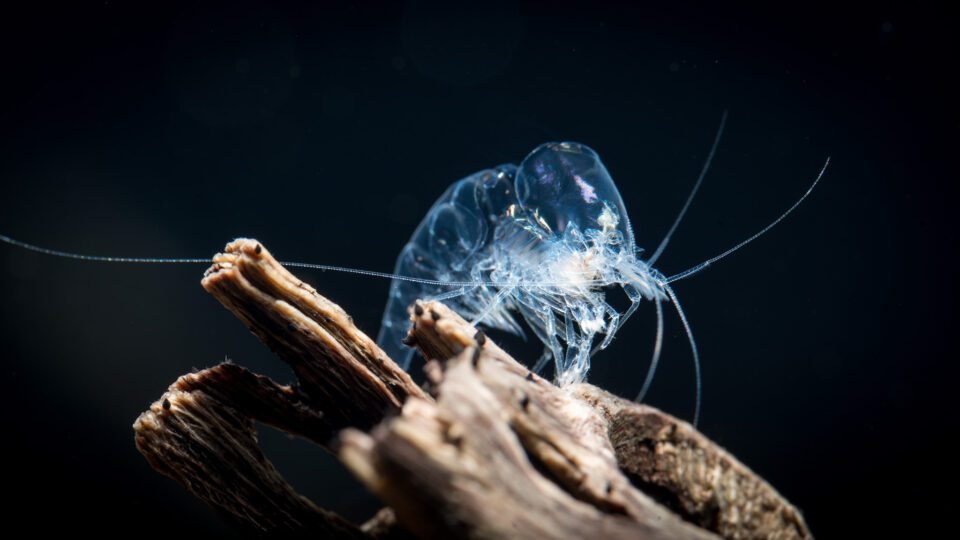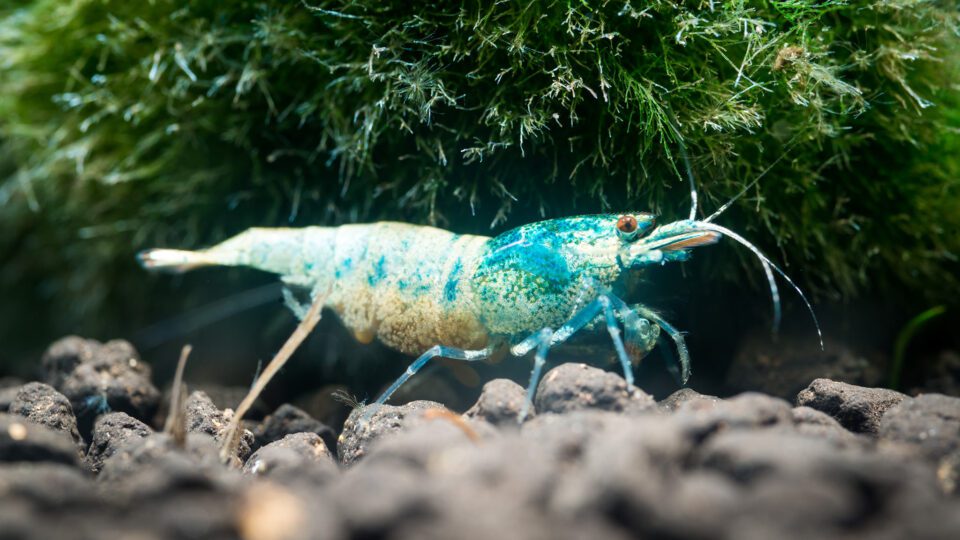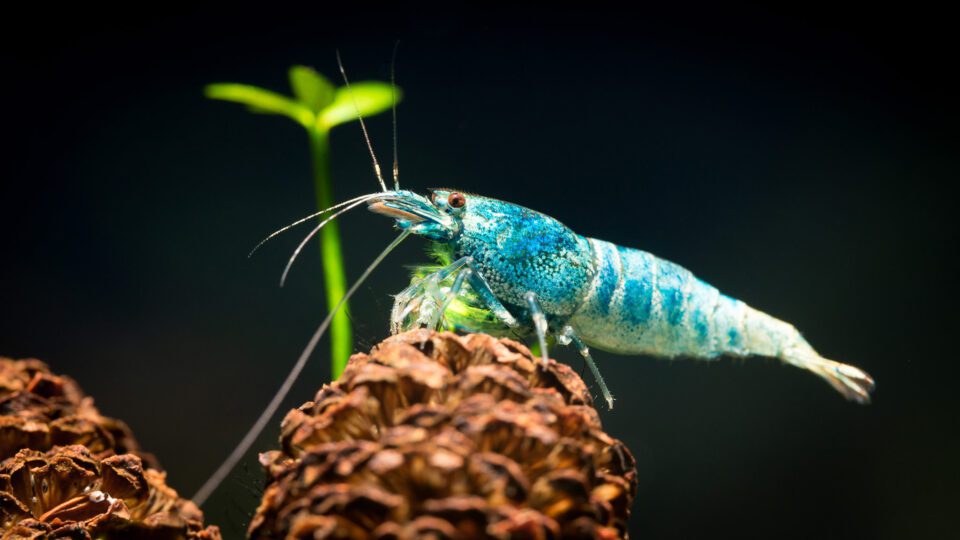إن مشاهدة تساقط الروبيان من قوقعته القديمة يعد حدثًا مثيرًا للاهتمام. عندما يكبرون، سوف ينفجرون من قوقعتهم ويتركون وراءهم مخططًا شبحيًا لشكلهم السابق. غالبًا ما يمكن مشاهدة عملية طرح الريش بعد إجراء تغييرات المياه في الحوض، أو بعد مرور نظام طقس منخفض الضغط مثل المطر. لا تقم بإزالة الريش، لأنه يوفر تغذية جيدة للروبيان الآخر الموجود في الحوض!
NIKON D800E + TAMRON SP 90 مم F2.8 Di VC USD Macro @ 90 مم، ISO 100، 1/320، f/20.0 NIKON D800E + TAMRON SP 90 مم F2.8 Di VC USD Macro @ 90 مم، ISO 100، 1/320 ، f/20.0
Watching shrimp molt out of their old shell is an interesting event to witness. When they have grown larger, they will burst out of their shell and leave behind a ghostly outline of their prior shape. Molting can often be witnessed after water changes are done to the aquarium, or after a low pressure weather system such as rain passes by. Don’t remove the molts though, as they provide good nutrition for other shrimp in the tank!
 NIKON D800E + TAMRON SP 90mm F2.8 Di VC USD Macro @ 90mm, ISO 100, 1/320, f/20.0
NIKON D800E + TAMRON SP 90mm F2.8 Di VC USD Macro @ 90mm, ISO 100, 1/320, f/20.0 NIKON D800E + TAMRON SP 90mm F2.8 Di VC USD Macro @ 90mm, ISO 100, 1/320, f/20.0
NIKON D800E + TAMRON SP 90mm F2.8 Di VC USD Macro @ 90mm, ISO 100, 1/320, f/20.0
NIKON D800E + TAMRON SP 90 مم F2.8 Di VC USD Macro @ 90 مم، ISO 100، 1/320، f/20.0 NIKON D800E + TAMRON SP 90 مم F2.8 Di VC USD Macro @ 90 مم، ISO 100، 1/320 ، f/20.0
Watching shrimp molt out of their old shell is an interesting event to witness. When they have grown larger, they will burst out of their shell and leave behind a ghostly outline of their prior shape. Molting can often be witnessed after water changes are done to the aquarium, or after a low pressure weather system such as rain passes by. Don’t remove the molts though, as they provide good nutrition for other shrimp in the tank!
 NIKON D800E + TAMRON SP 90mm F2.8 Di VC USD Macro @ 90mm, ISO 100, 1/320, f/20.0
NIKON D800E + TAMRON SP 90mm F2.8 Di VC USD Macro @ 90mm, ISO 100, 1/320, f/20.0 NIKON D800E + TAMRON SP 90mm F2.8 Di VC USD Macro @ 90mm, ISO 100, 1/320, f/20.0
NIKON D800E + TAMRON SP 90mm F2.8 Di VC USD Macro @ 90mm, ISO 100, 1/320, f/20.0






تعليق